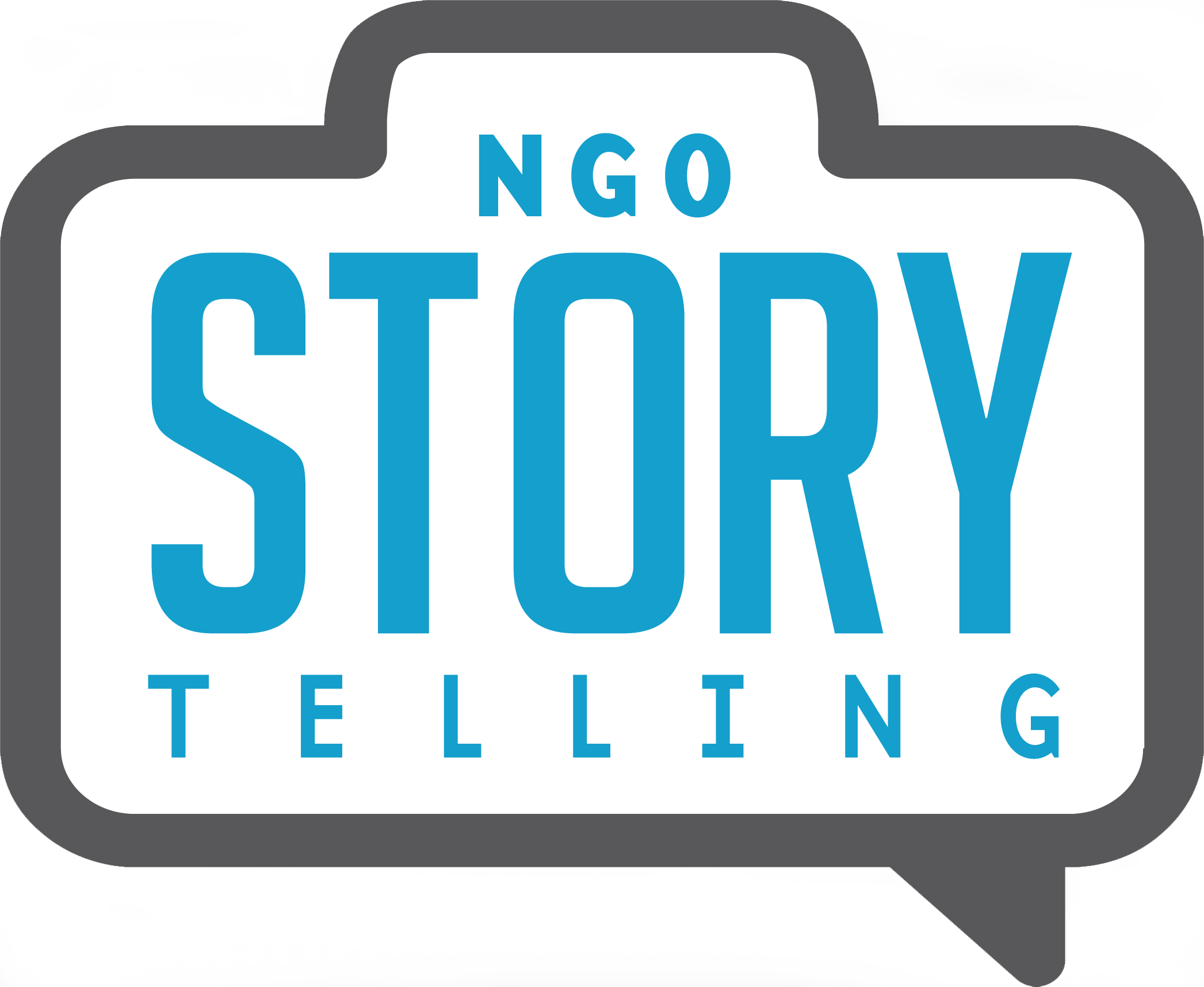Real Nonprofit Stories: Dry Land Flower for Mexico Tierra de Amaranto
Francisco Alcala Torreslanda is a social documentary photographer based in Mexico. He creates documentary images and visual narratives that bring to light the positive sides of society.
How were you connected with Mexico Tierra de Amaranto?
I have a personal connection with Mary Delano, the founder and director of Mexico Tierra de Amaranto. We studied together in college at the Tecnologico de Monterrey. I was looking for a subject for my MFA Thesis work and I reached out to her. She agreed to allow me access to Mexico Tierra de Amaranto activities and beneficiaries. I did not receive financial compensation for this project but I am a strong believer that nonprofit organizations’ use of paid content development professional services increases the effectiveness of their communication strategy. I am in the process of creating a company that offers those services.
Who came up with the Mexico Tierra de Amaranto video concept and why is it important to the nonprofit's mission?
Putting together the concept of the video was led by me with input from Mary Delano and other Mexico Tierra de Amaranto contributors and employees. I was also very fortunate in having input from my instructors and peers at the Academy of Art University. The concept is built around the story of Margarita Dominguez Marcial, the most committed and productive community promoter for Mexico Tierra de Amaranto. Margarita is a great example of the transformation possible with the NGO process. A mature woman who did not know how to read and write to a woman who is helping improve the health, nutrition, and living conditions in her community.
[embed]http://%20https://vimeo.com/218162621[/embed]
How much freedom did you have as the media producer to collect the story? Were you solely directed by the nonprofit or have the freedom to work on your own ideas?
I had a lot of freedom. I developed a strong relationship with employees, contributors, and community promoters during three years of being close to the NGO activities. During this period, I also fundraised to contribute to some of the NGO programs. This close relationship allowed me to have a lot of freedom to work on my own ideas. The relationship with Margarita has been particularly strong.
How were you involved in the story collection process? Did you advise the organization on what stories would work best for this specific media? Did you have the flexibility to seek out additional stories while on the ground?
During the three-year period, I attended the NGO activities in different communities almost on a weekly basis. Most of these activities are documented through photography. At the beginning of the third year, I started to experiment with video. I realized that combining the different media increases the effectiveness of storytelling. That is when I decided to do Margarita’s story combining video and photography. During the three-year period, I sought out several stories. I documented the activities of promoters in several communities in the State of Queretaro Mexico.
How did you select the story you used and how many stories did you leave out in the final edit?
I selected the story of Margarita because of several reasons. Most importantly, she was a star promoter for Mexico Tierra de Amaranto. Other reasons included the fact that she is photogenic and very comfortable in front of the camera. Another important reason is access because she opened some details of her private life that can only be achieved when the relationship is strong and there is an excellent level of trust. I had 3 or 4 subject options with similar roles as Margarita.
Is there any quantifiable data that you can share about how the media impacted the nonprofit. For example, did the media created raise a certain amount of money, have significant engagement on social media, or recruit a certain number of donors for your organization?
I do not have quantifiable data for this piece. However, I was able the raise about $25,000 during the three years I was involved with the organization.
What has reception been like for this media by the nonprofit's audience?
The material I produced during the three years has been used by the NGO in various settings that include promotional activities, Director public appearances, and training sessions.
What is the most important lesson that you learned as a media maker on this project? Is there any advice you'd like to share with other media makers and nonprofits?
I have learned that a very effective approach to recruiting donors and volunteers is to focus the production efforts on telling the story of an individual that has been benefitted by the efforts of the NGO instead of talking about the NGO and its process. In general people are moved by stories of real people and not by the how.
Making a short documentary about a real person requires significant investment in building a relationship based on trust. That is key to make the story compelling.
Do you have an amazing media piece that you’d like us to share on NGOStorytelling? Check out our submissions page and send us a note at hello@ngostorytelling.com


